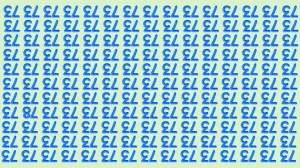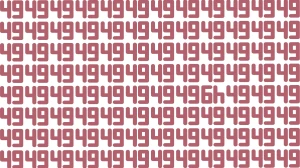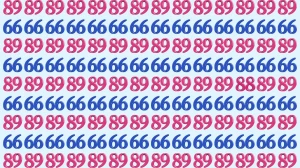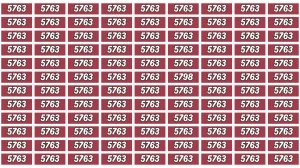Optical Illusion
An optical illusion is a visually perceived image that differs from reality. It tricks the brain into seeing something that isn't actually there or misinterpreting what is.
Optical illusions occur because of how our brain processes visual information, sometimes relying on context, patterns, or past experiences to make sense of what we see.
These illusions can involve color, light, shape, or spatial relationships, causing us to perceive movement, depth, or hidden images that don't truly exist.
They are a fascinating example of how perception doesn't always match the physical world.
Also Read: Only People with Eagle Eyes Can spot the Number 268
Optical Illusion: Within 7 Seconds Spot The Number 1 among Inverted F
This optical illusion challenge is a fun and engaging visual puzzle designed to test your observation skills and attention to detail. The task is to spot the number "1" hidden among a cluster of inverted "F" letters within just 7 seconds.
At first glance, the image may seem uniform and confusing, as all characters appear similar in shape and alignment. However, the number "1" is cleverly camouflaged, blending in with the inverted "F" symbols to trick the eye.
The illusion works by exploiting our brain’s tendency to quickly group similar-looking objects, making it difficult to identify the odd one out without careful focus. Such puzzles not only entertain but also help sharpen visual perception and cognitive agility.
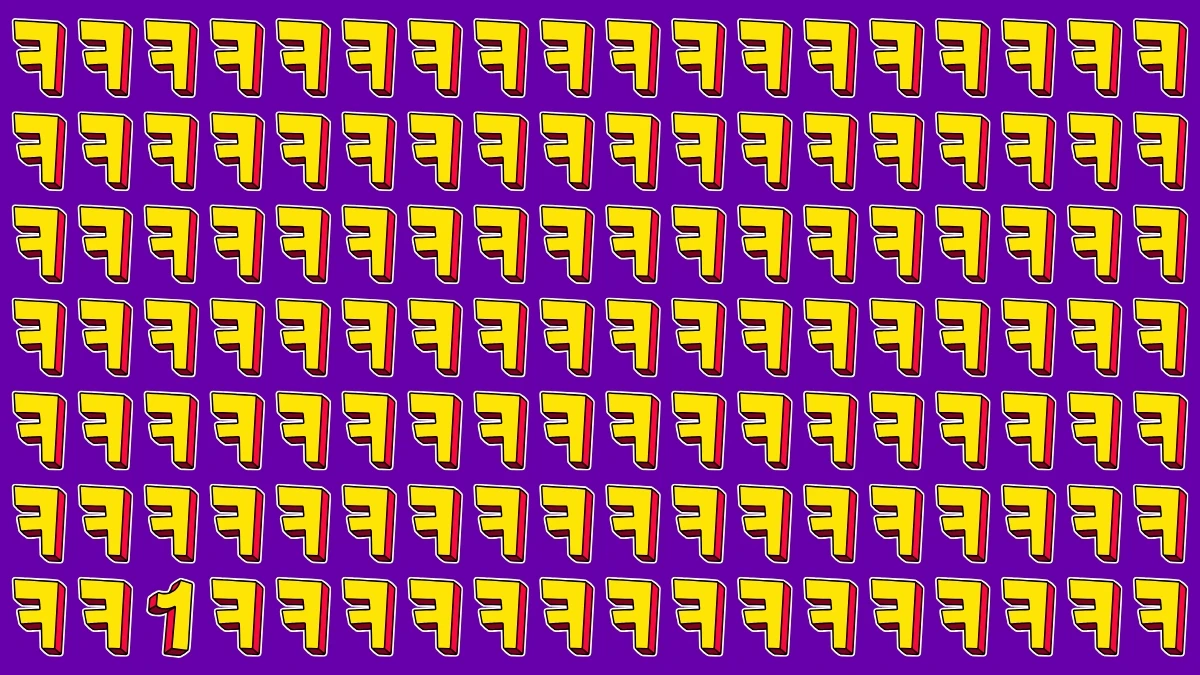
Also Read: Within 5 Seconds Spot The Number 9 among 6
Optical Illusion: Within 7 Seconds Spot The Number 1 among Inverted F - Solution
In this optical illusion, your task was to spot the number "1" cleverly hidden among a sea of inverted "F" letters all within just 7 seconds.
While the characters all share similar colors and shapes, the number "1" stands out subtly due to its straight vertical structure, differing from the typical angles of the inverted "F."
If you struggled to find it, don’t worry—it’s located near the bottom left corner of the image. The number "1" is circled to help reveal its position.
This illusion challenges your brain’s ability to process visual similarities quickly, making it a great exercise in concentration and pattern recognition.


